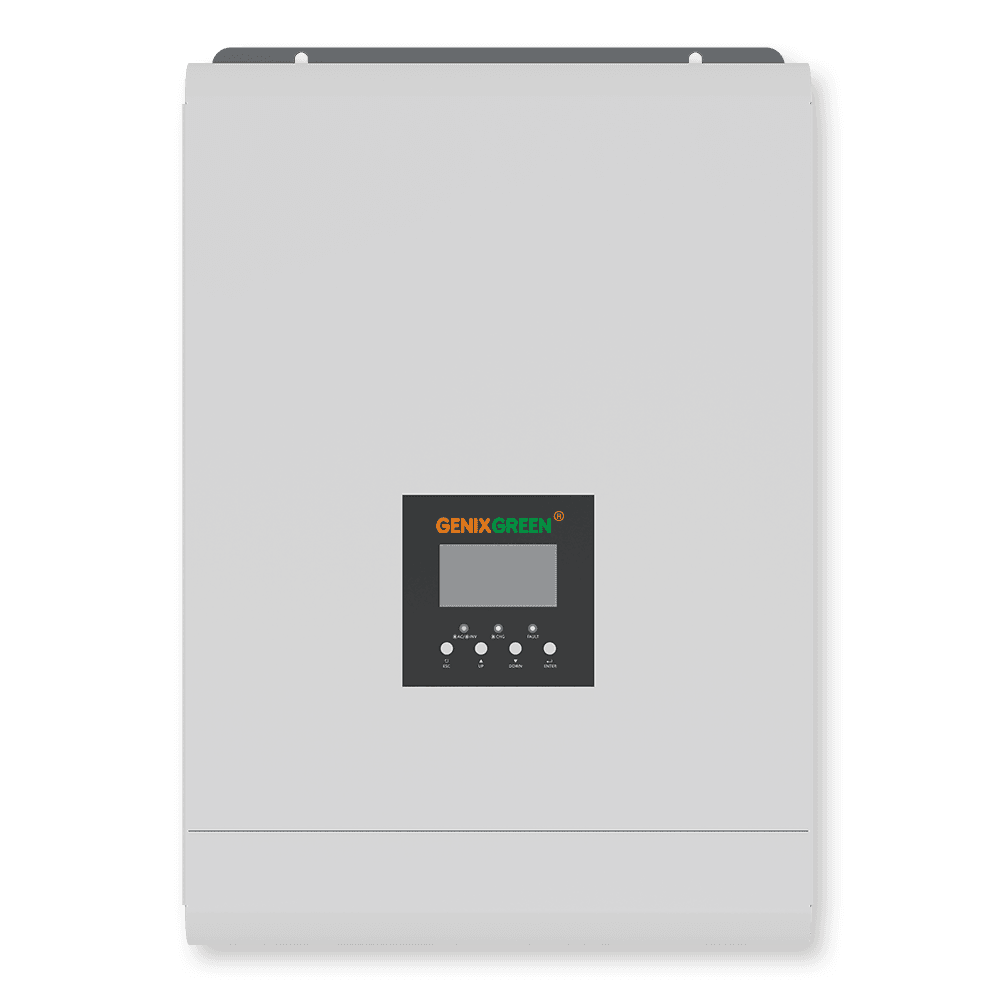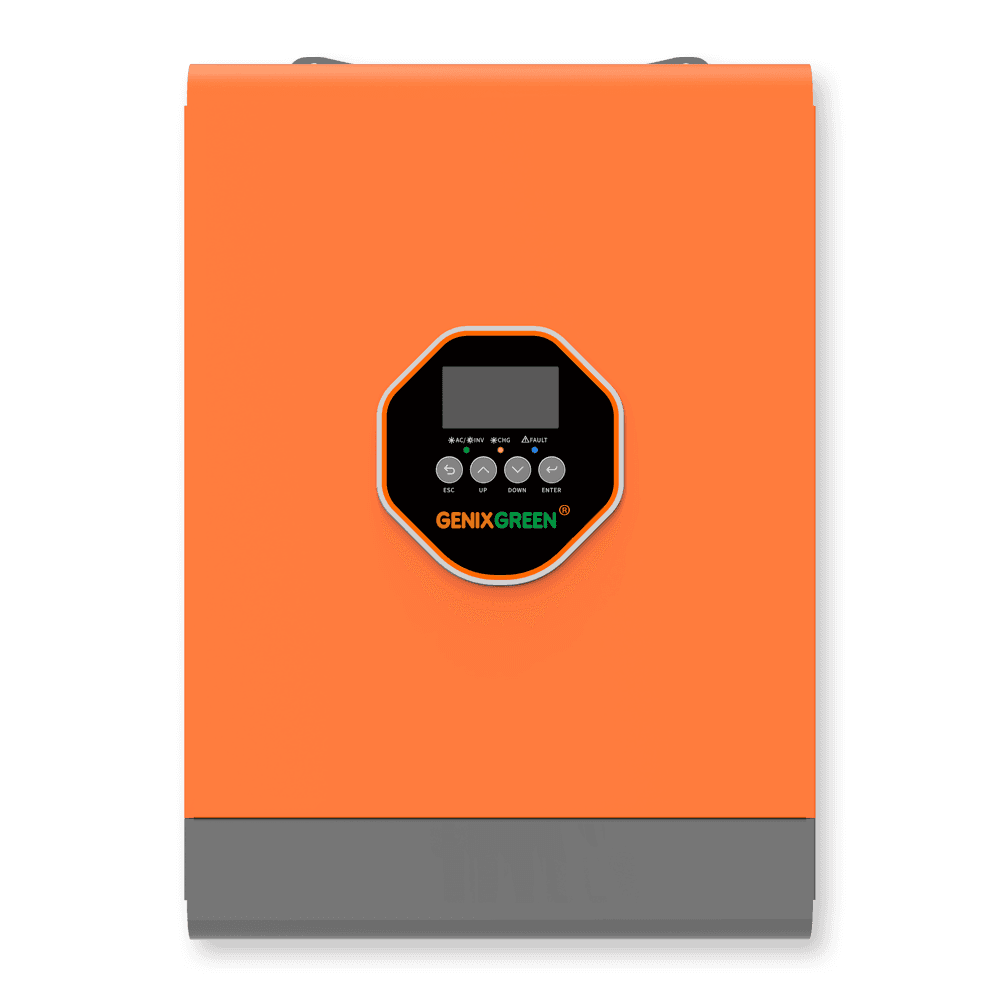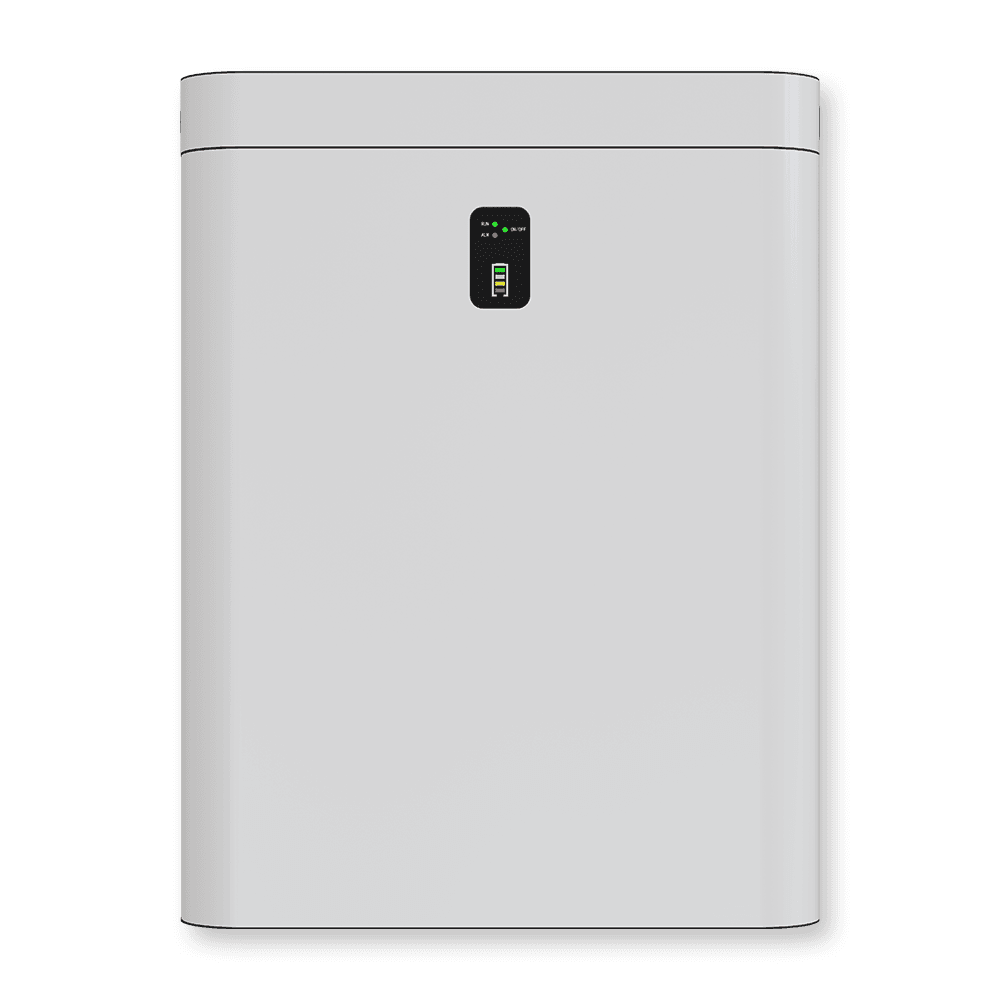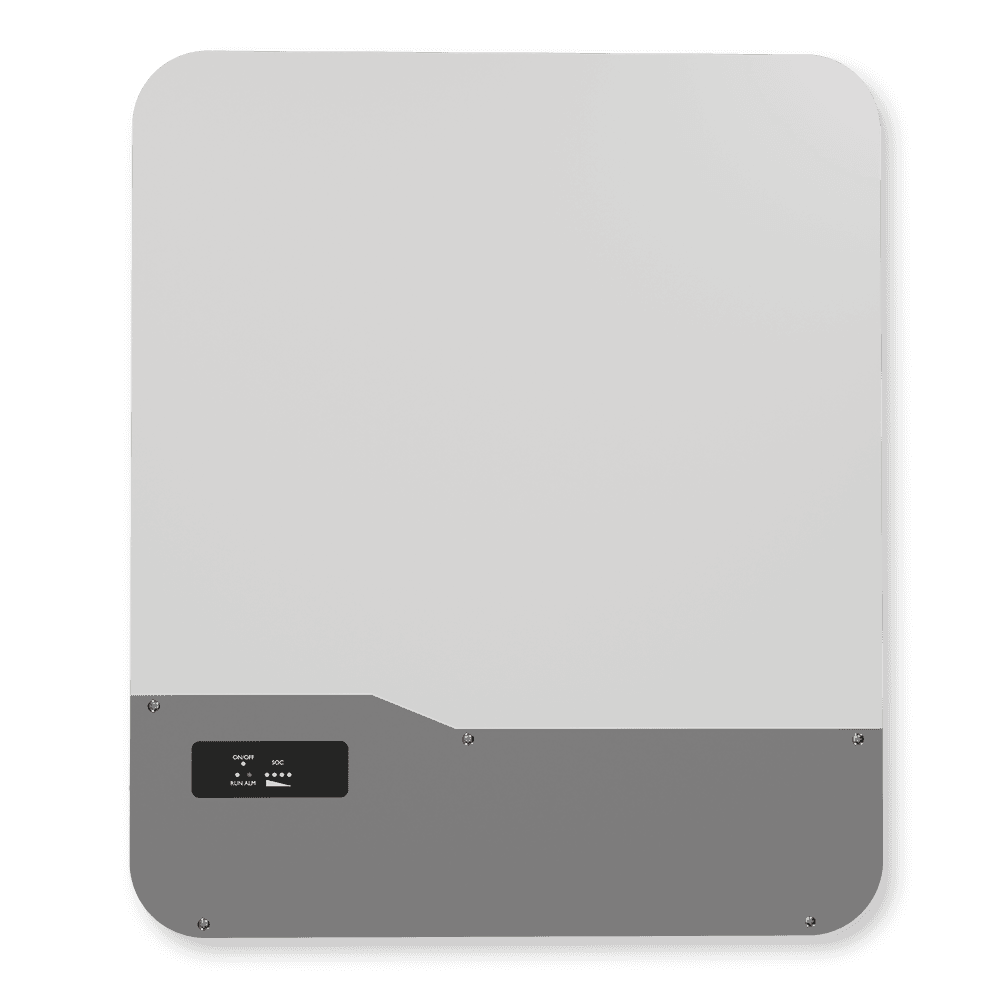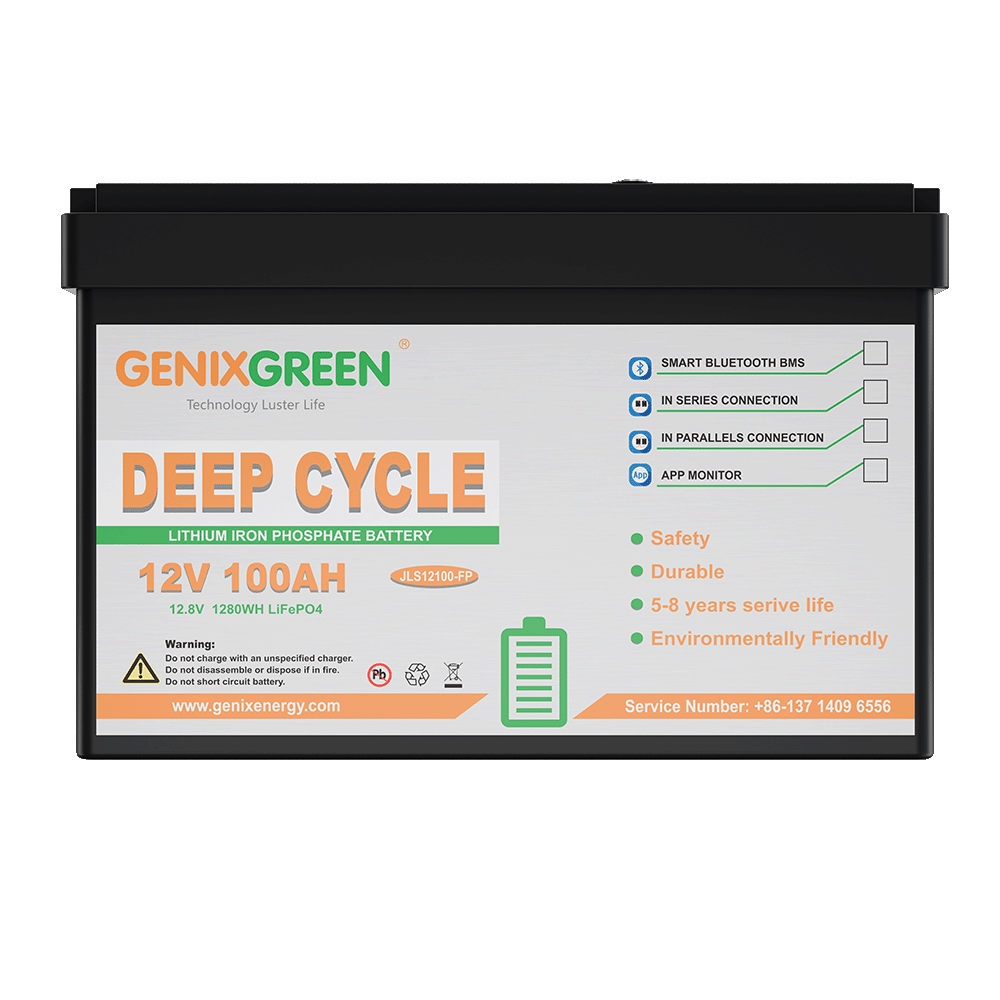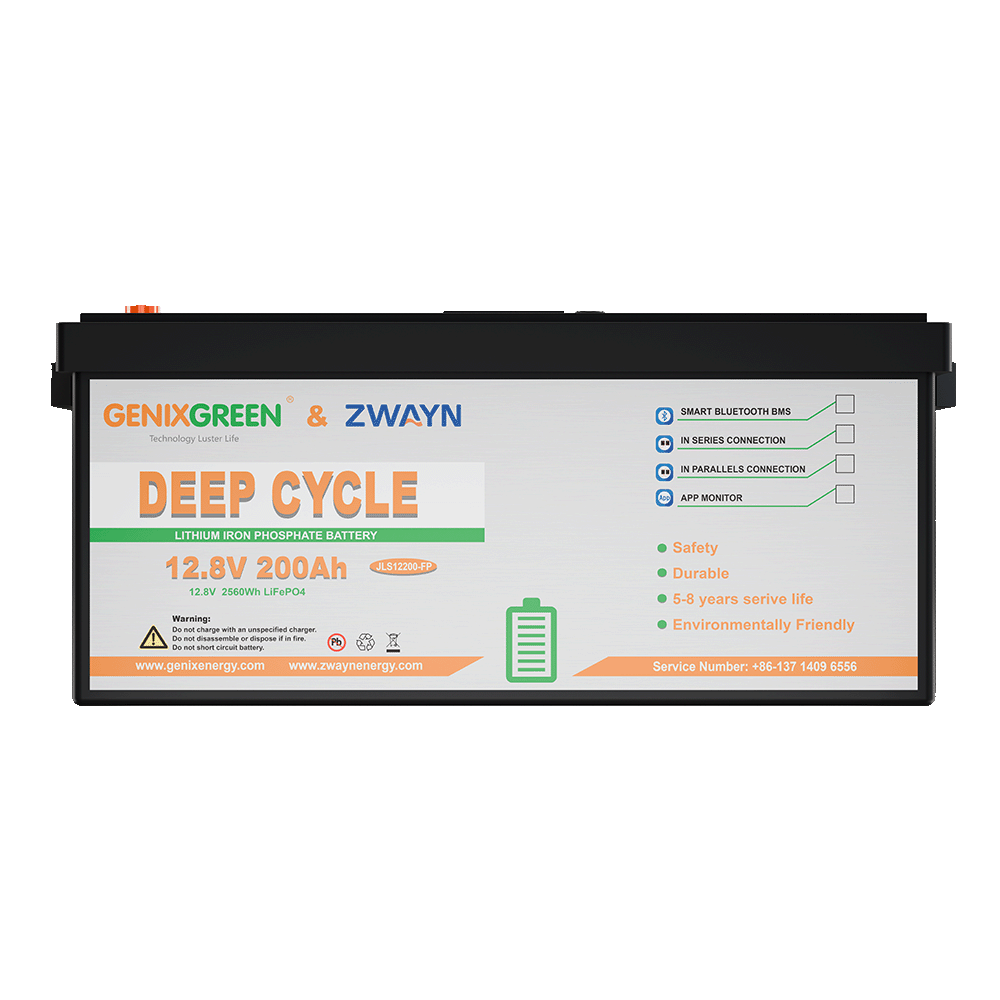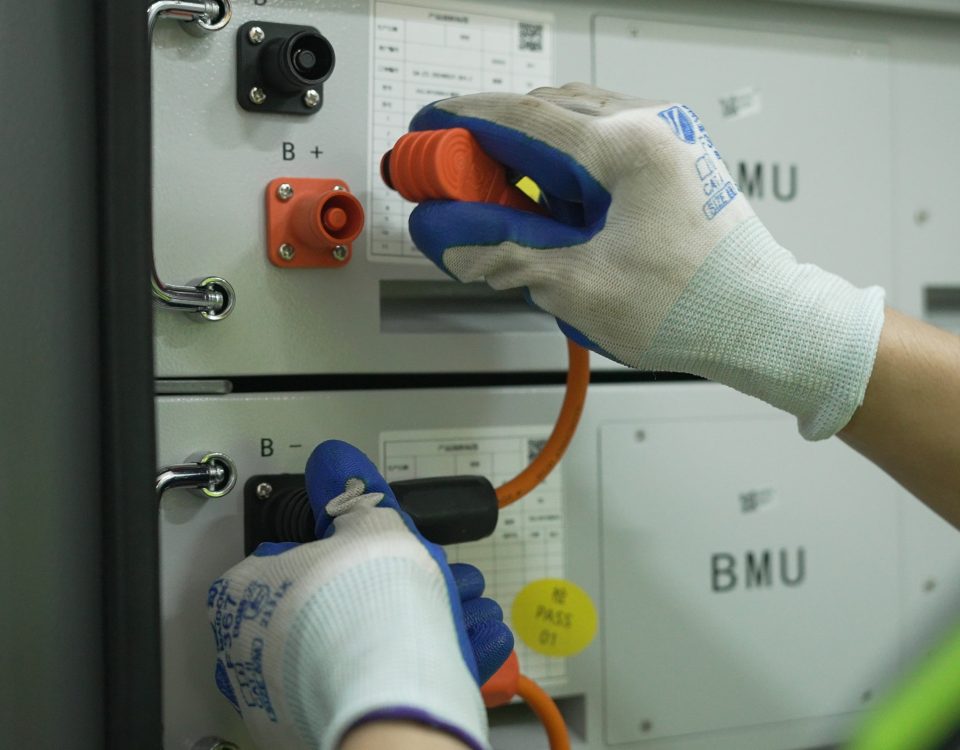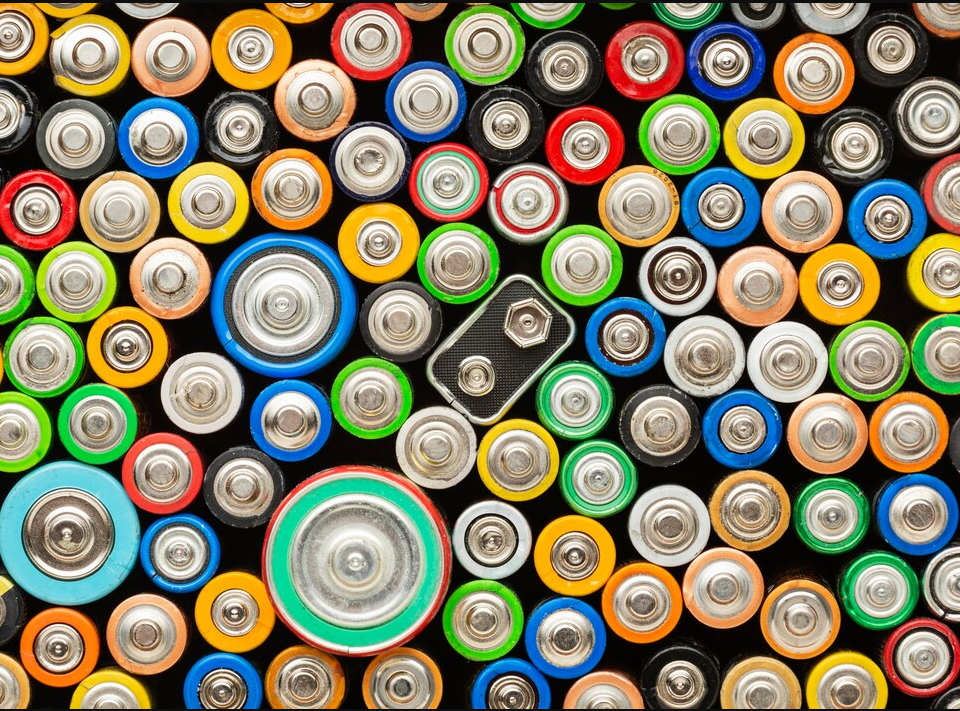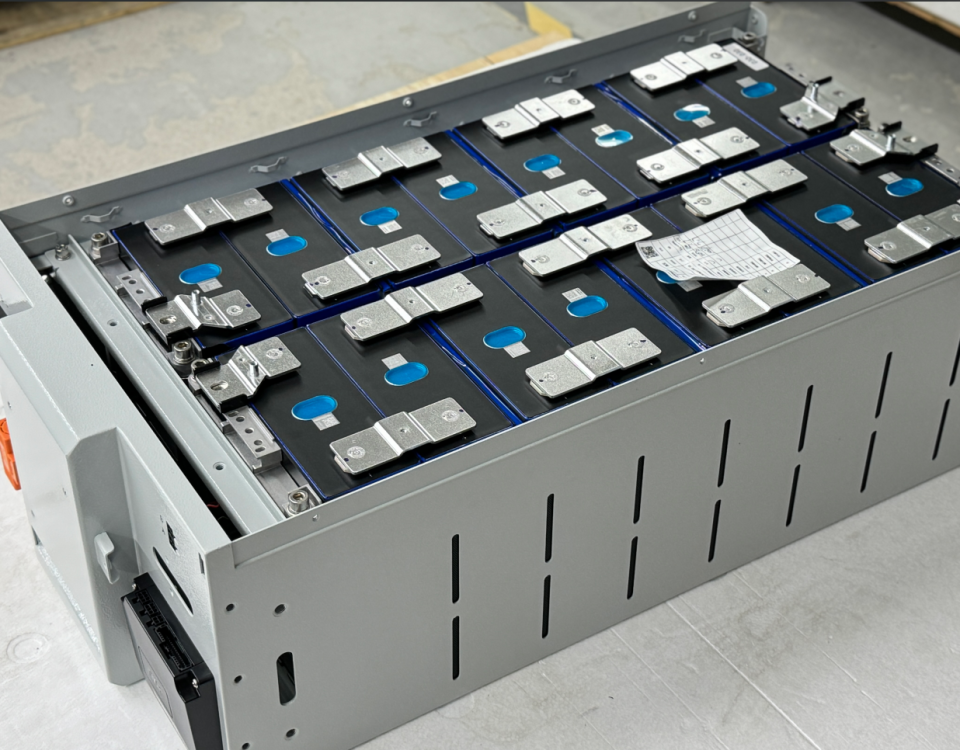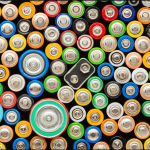
Difference between lithium and nimh batteries
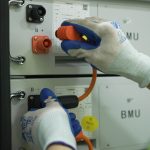
What is lithium used for in batteries?
lithium-ion batteries are considered wet-cell batteries?
As a lithium battery developer and manufacturer, we are often asked whether lithium-ion batteries are wet cells or dry cells. This article will answer this question clearly from a professional perspective.

- Definition of wet cells and dry cells
Wet cells: refers to batteries that use liquid electrolytes, such as traditional lead-acid batteries, whose electrolytes are usually flowing liquids.
Dry cells: refers to batteries that use solid or paste electrolytes, such as alkaline batteries and zinc-carbon batteries. - Electrolyte properties of lithium-ion batteries
The electrolyte of lithium-ion batteries is neither completely liquid nor completely solid, but somewhere in between:
Liquid lithium-ion batteries (traditional lithium-ion batteries): use non-aqueous organic electrolytes. Although this electrolyte is liquid, it will be absorbed into the porous diaphragm and therefore will not flow freely like traditional wet batteries.
Polymer lithium-ion batteries: use solid or gel polymer electrolytes, which are closer to the definition of “dry batteries” but still contain a certain amount of liquid components. - Conclusion
Lithium-ion batteries are neither wet batteries nor dry batteries in the traditional sense. They are a special type of battery whose electrolyte state depends on the specific design form:
If liquid electrolyte is used, it can be called a “semi-wet” battery.
If polymer electrolyte is used, it is closer to the concept of “solid-state battery”.
Therefore, the classification of lithium-ion batteries goes beyond the scope of traditional “wet batteries” and “dry batteries”, reflecting the innovation and diversity of modern battery technology.
If you have more questions about the structure or application of lithium-ion batteries, please feel free to contact us!



